Black Mesa Plant Project
The Black Mesa Plant (Dził Yíjiin Nanise’) Project began with an orientation from the project facilitator Arnold Clifford, a renowned Diné Botanist from the community of Bitł’ááh Bito’ (Beclabito), NM, in the spring of 2023. This project is the first for Dził Yíjiin (the Black Mesa region), where local Diné interns are taught by a Dine expert how to identify, collect, press, and mount the local plant life while working with local families in the area. Previously, projects like this were only initiated through institutions, or federal agencies. This project aims to identify and archive existing flora throughout Black Mesa to create a Dził Yíjiin Herbarium.
The idea to do the Dził Yíjiin Nanise’ Project sprung from the workshop that was held in October 2022, in Hardrock, AZ where Mr. Clifford was invited out to facilitate the Native Plant Identification workshop hosted by Tó Nizhóní Ání (TNA). The engagement with the community was overwhelming. Many of the participants brought species of plants with them to be identified. Over 50 species were collected for the workshop. Realizing the need and interest to record the local plant life of the region, TNA organizers and Mr. Clifford began brainstorming the Black Mesa Plant Project in hopes of using this information in the revitalization of plant identification and uses as well as the reclamation efforts on mined Black Mesa lands.
Since 2020, Tó Nizhóní Ání Organizers have been on several mine site tours of the mined lands at the Kayenta Mine and Black Mesa Mine. Each mine site tour has led to the same conclusions – there was a lack of plant diversity and native species. In addition each federal and tribal entity responsible for monitoring or enforcing reclamation did not have local expertise and could not clearly articulate what the objectives of reclamation at Black Mesa should look like. Without local community consultation about what proper reseeding and success should look like has resulted in the proliferation of non-native species and weeds. The primary grass reseeded for grazing is a buckwheat from the midwest, which community members agree is not adequate. The plant reclamation does not include trees which was part of the biodiversity pre-mining and does not take into account reseeding native species for wildlife.
“Our definition of appropriate reclamation includes grazing for wildlife, not just livestock, but that component is completely missing from the current bond release areas. Peabody and OSM clearly know how to do some of the revegetation correctly since they have created “cultural areas” that far more closely resemble native habitats than most reclaimed areas. However, with only 5% of the land reclaimed as a “cultural area,” Peabody and OSM need to expand the percentage of land reclaimed to this standard. When mining began, the entire area was dotted with trees. All you have to do is look outside the mining areas to see what it should look like. But there are few, if any, trees.”
– Nicole Horseherder, Tó Nizhóní Ání
This project is the first for Dził Yíjiin, where local Diné interns are taught by a Dine expert how to identify, collect, press, and mount the local plant life while working with local families in the area.
Tweet
TNA organizers and Mr. Clifford began brainstorming the #BlackMesaPlantProject in hopes of using this information in the revitalization of plant identification and uses as well as the #reclamation efforts on mined Black Mesa lands.
Tweet
In the News
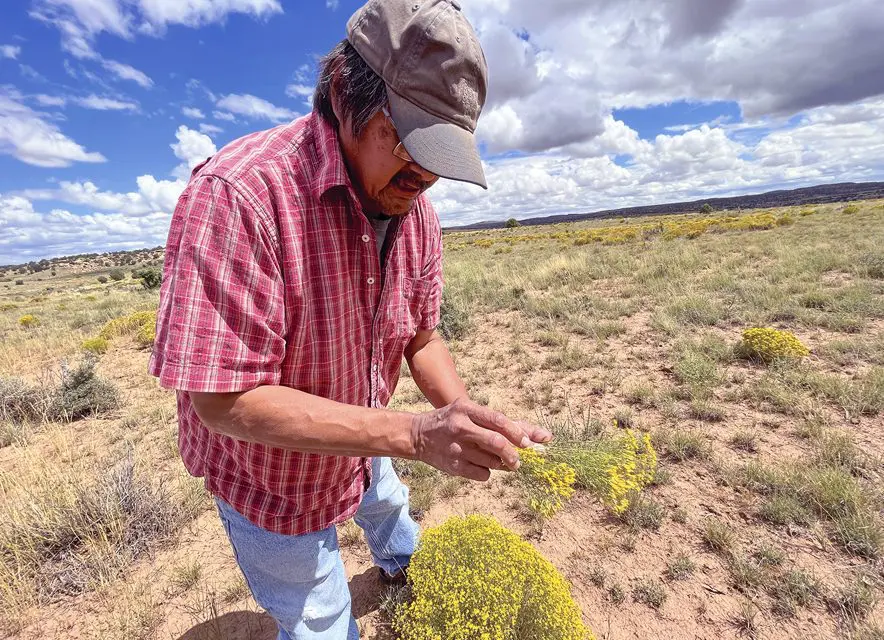
Navajo Times
Tó Nizhóní Ání project documenting traditional plants and their uses
Project Photos
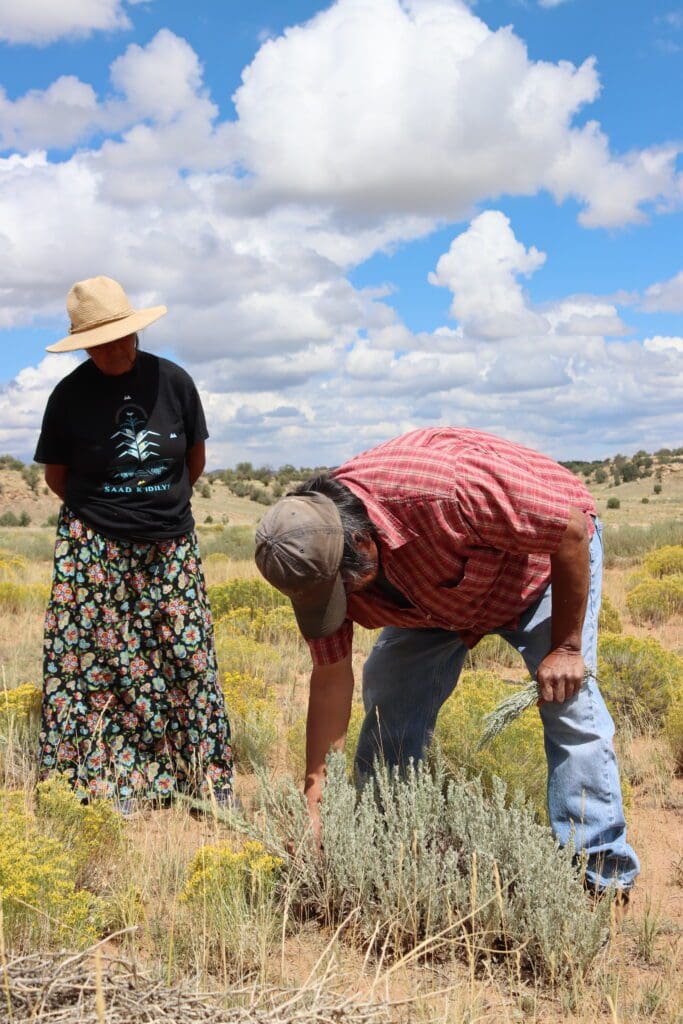
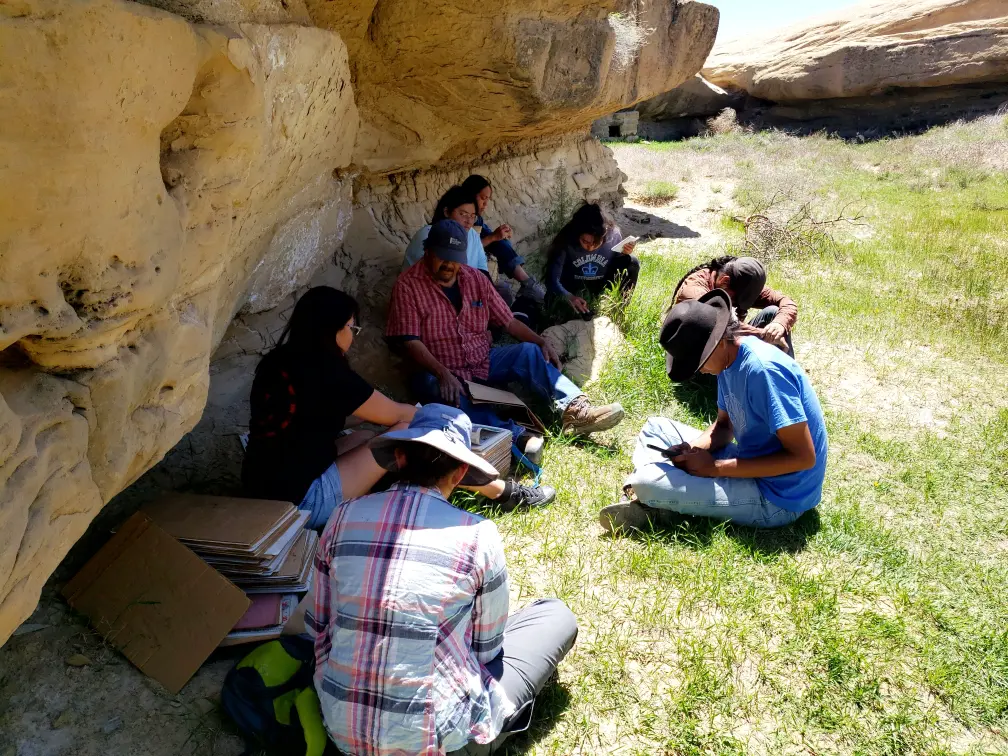
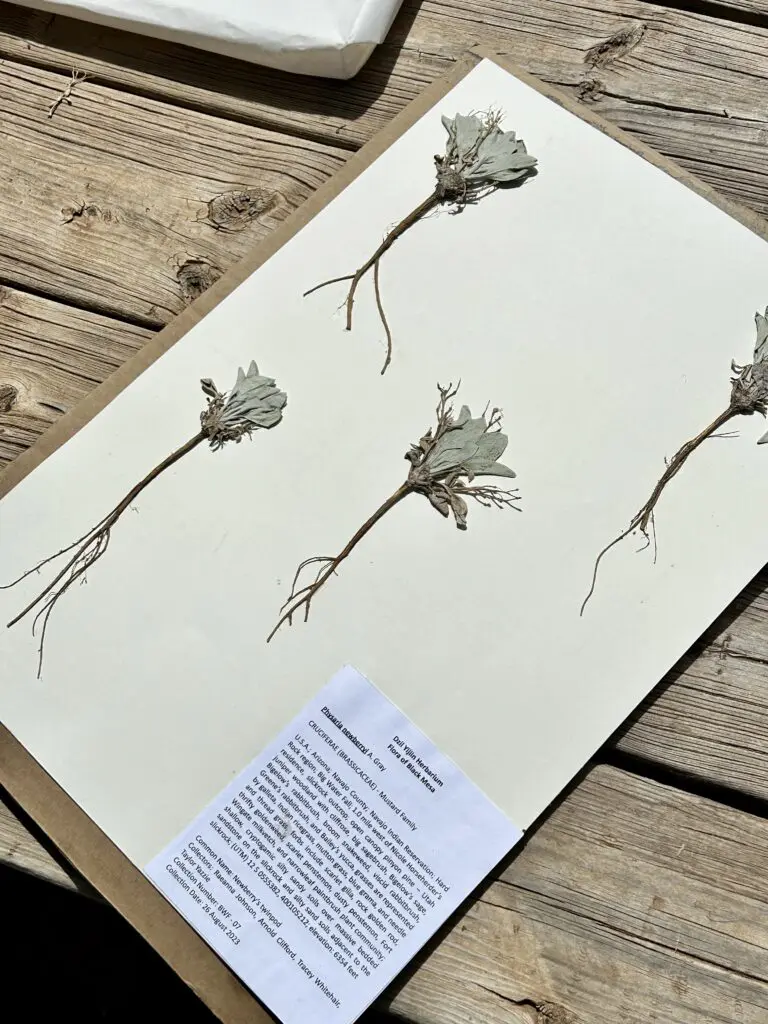
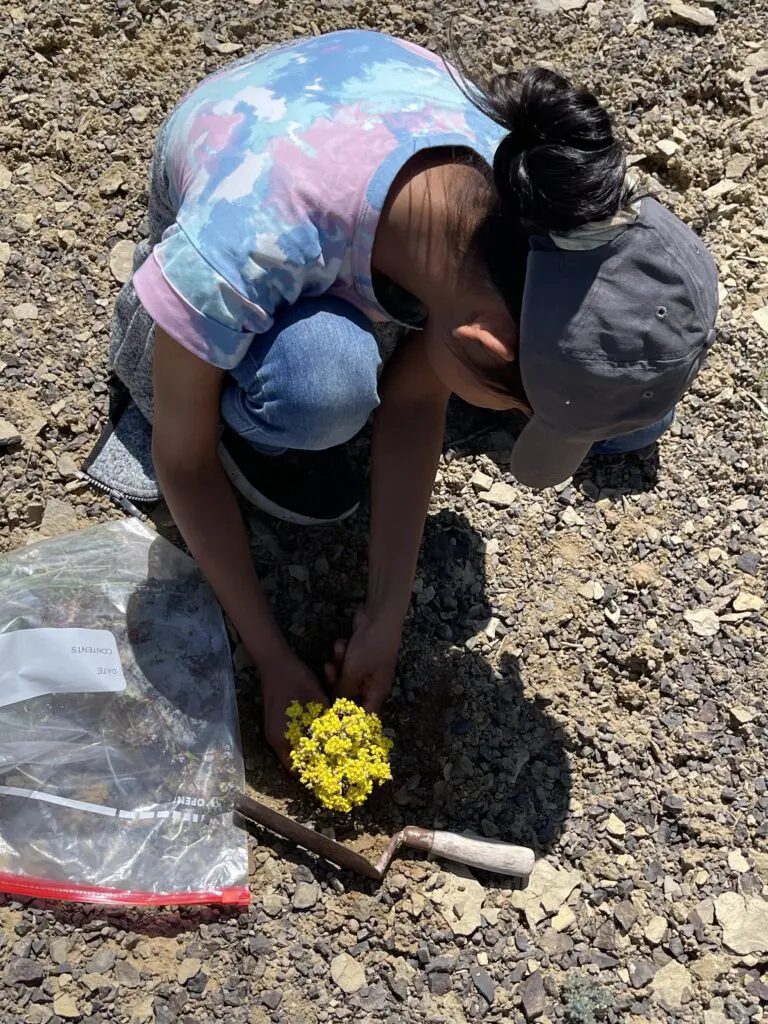
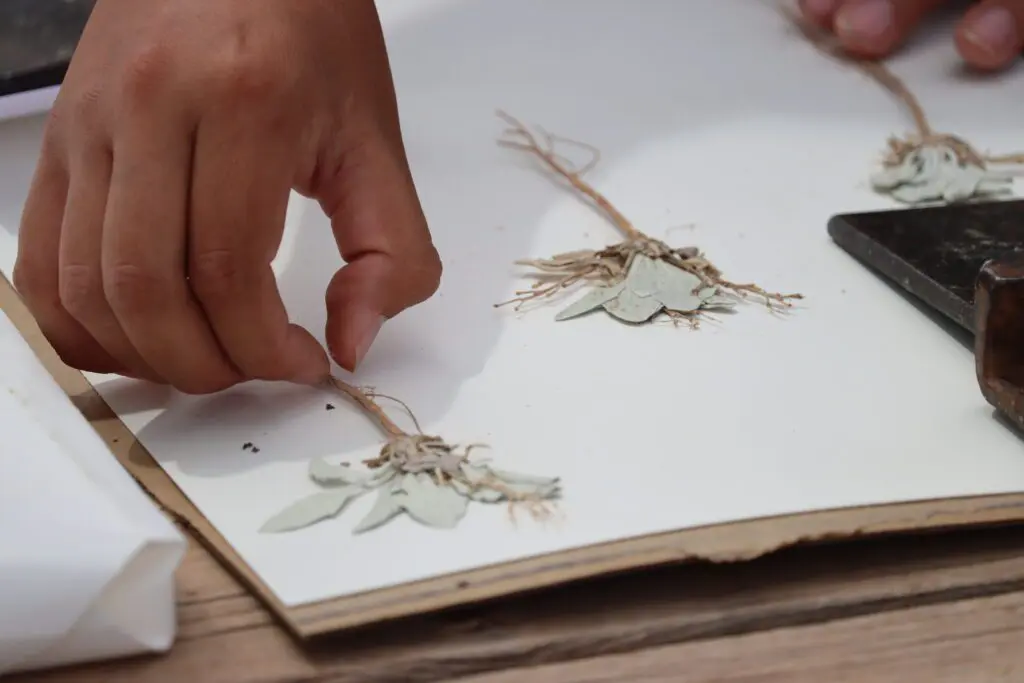
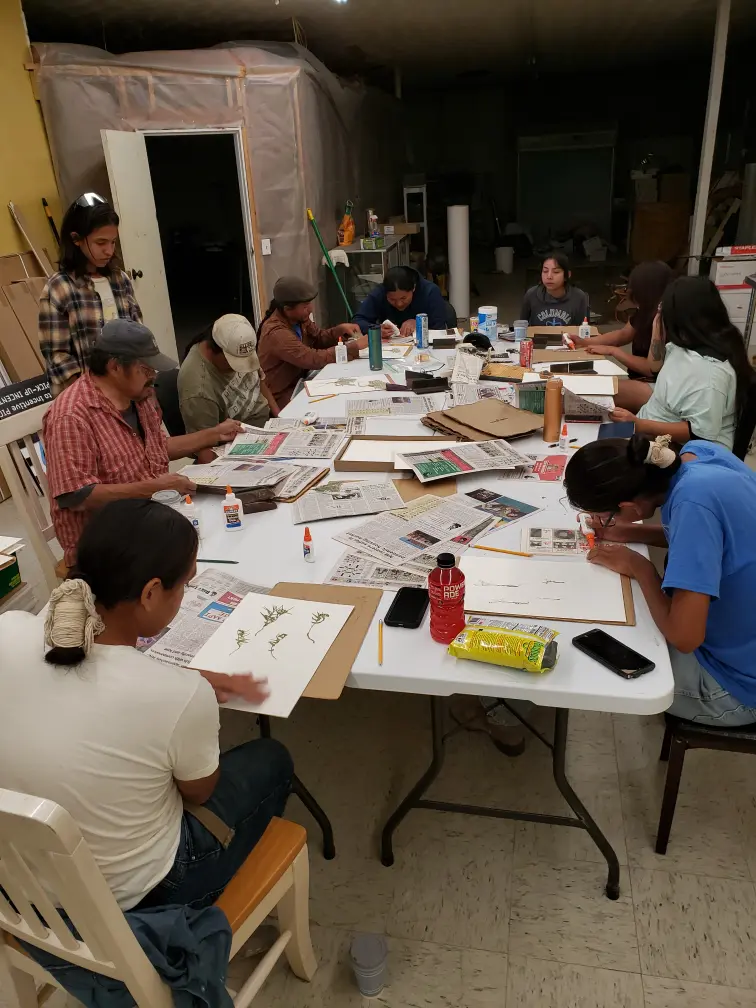
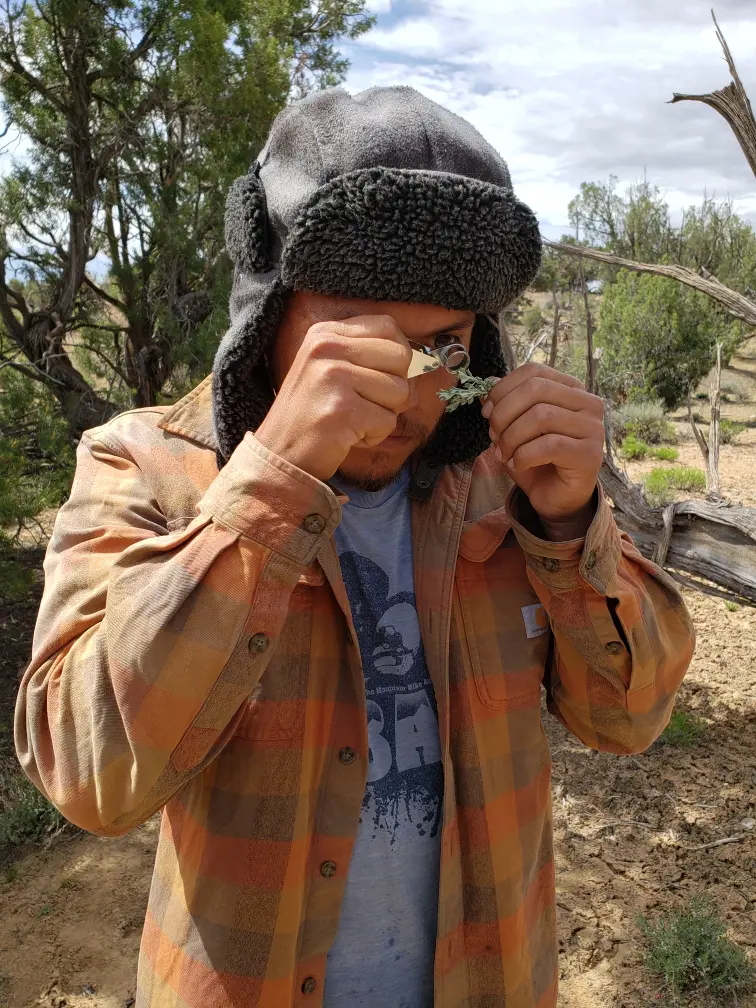
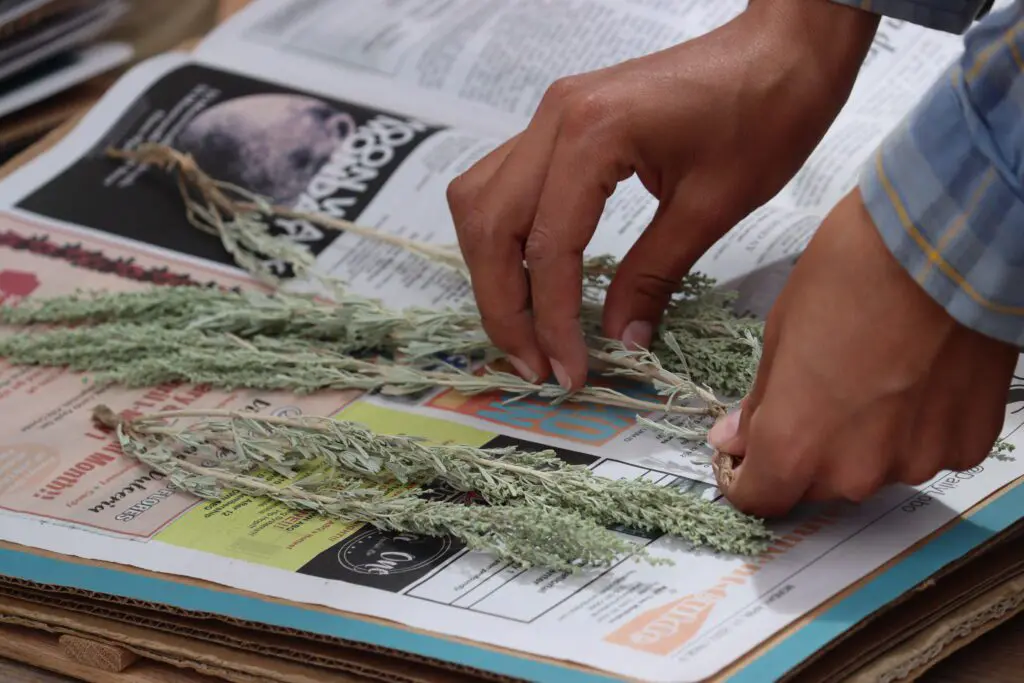
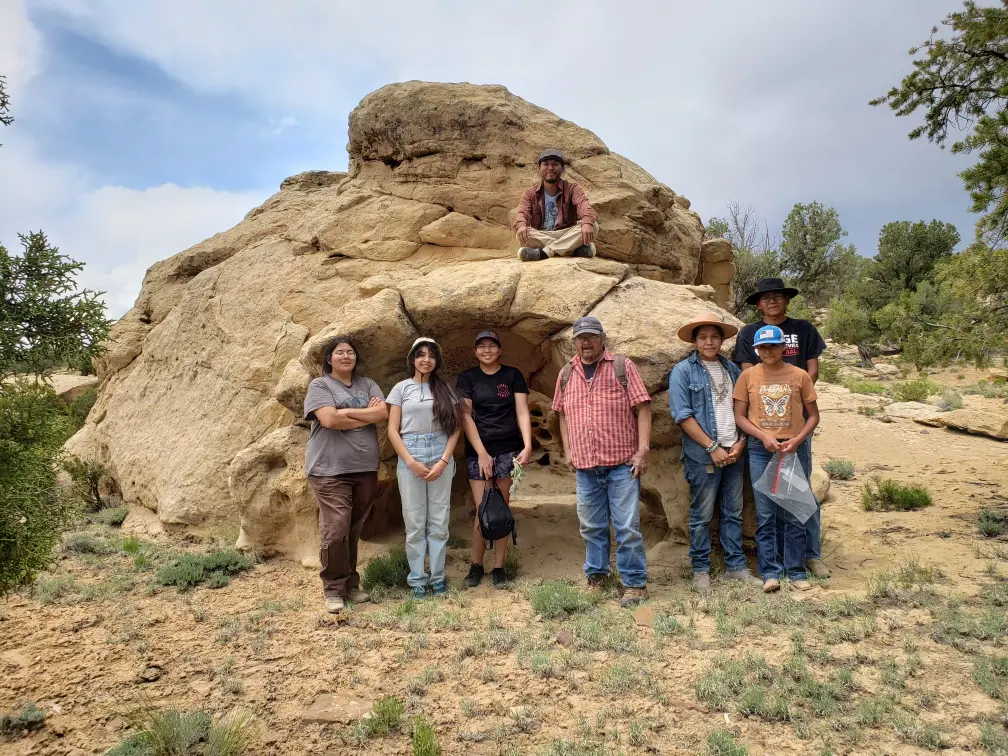
Stay Connected
For more information on the Black Mesa Plant Project, email our project lead at raeanna@tonizhoniani.org.
